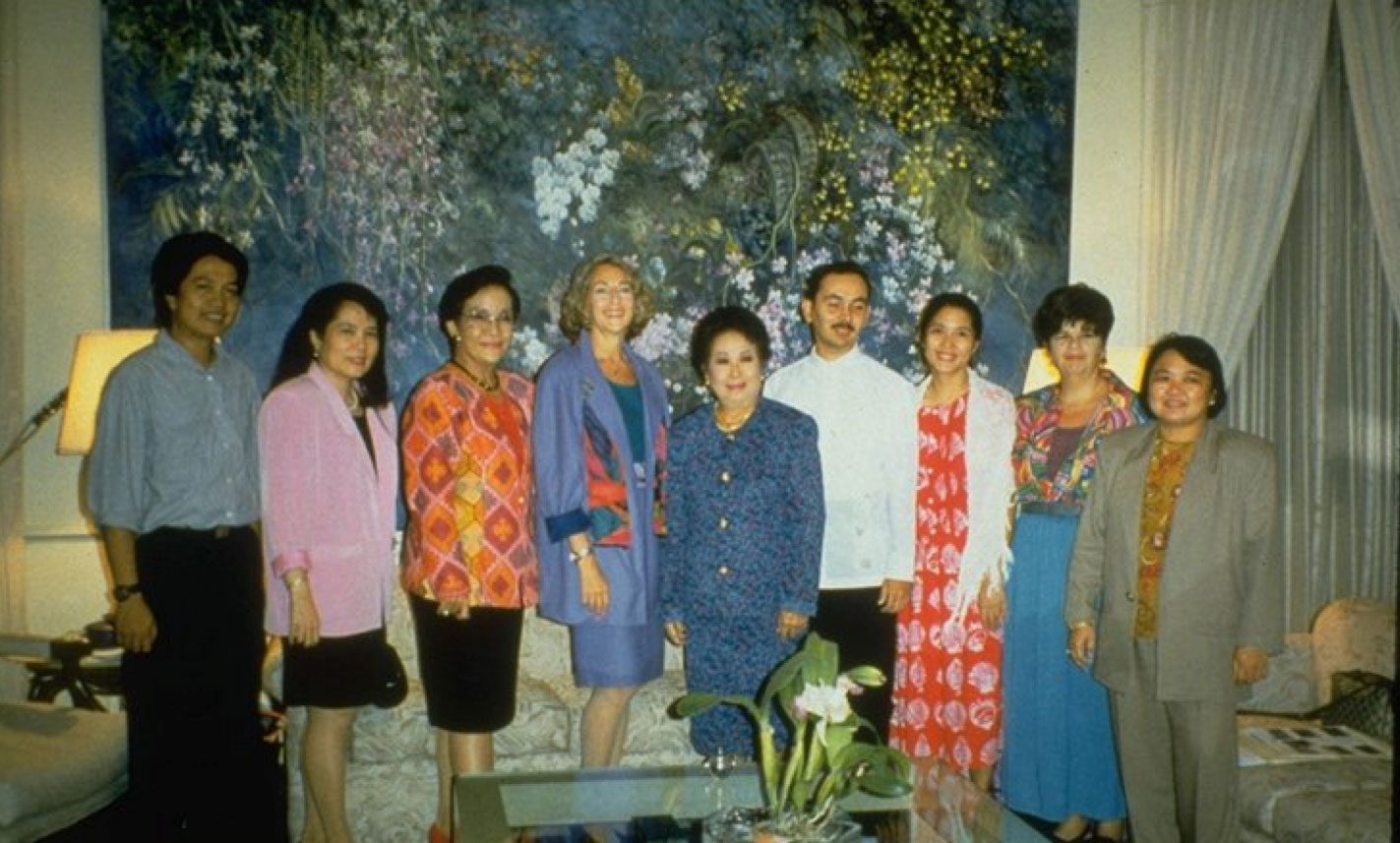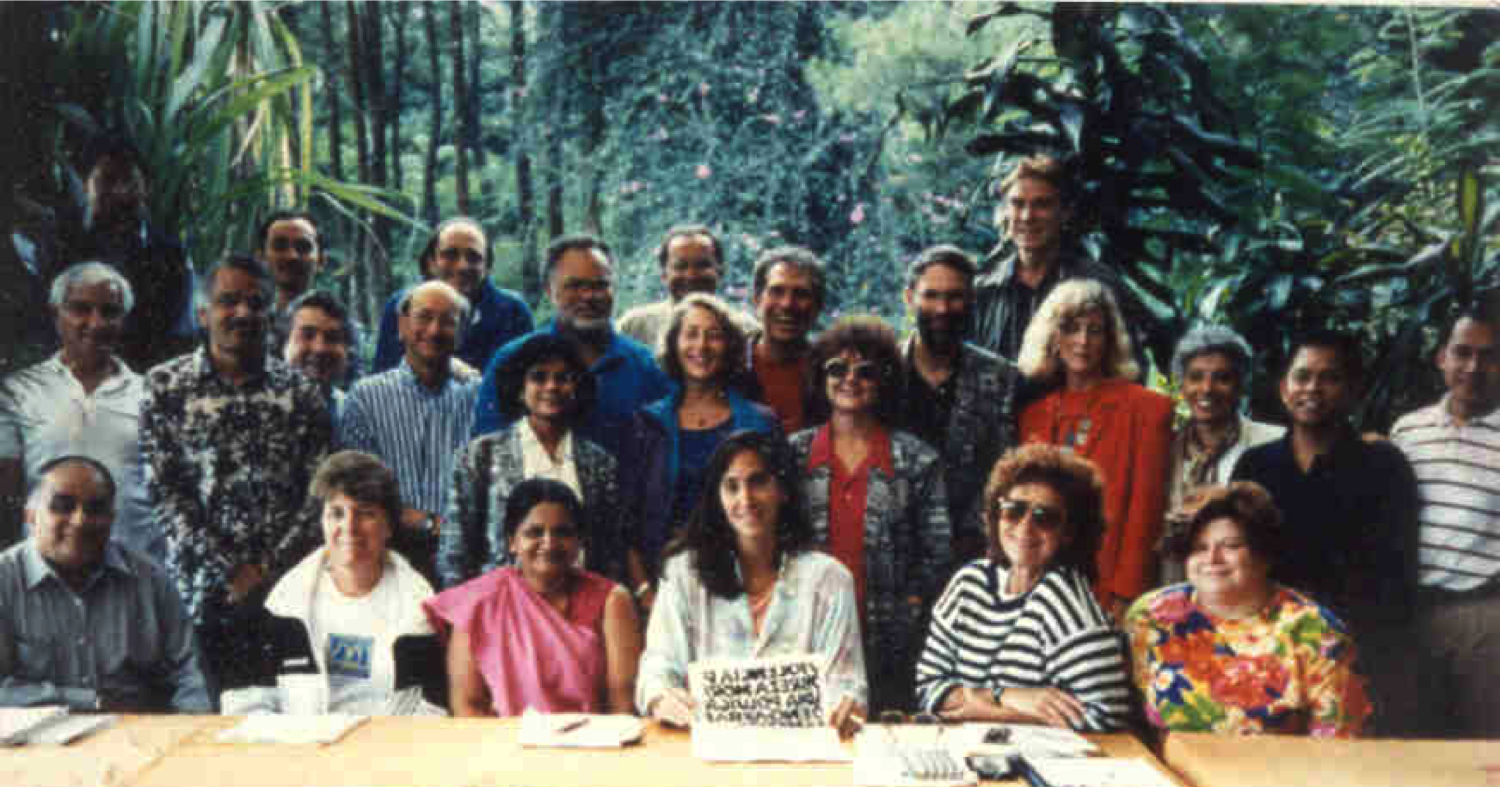

The ongoing project of identification, documentation, evaluation, transfer, adaptation and scaling up of urban innovations is at the heart of Mega-Cities Project. We are now focusing on the next generation of emerging youth leaders and innovators.
We define innovation transfer as the communication of ideas and experiences from one context to another, along with their successful adaptation in the new setting.
Through our local teams in each city, we conduct a systematic search for promising urban innovations that are potentially replicable elsewhere and/or could be scaled up into public policy. Finding and documenting these out-of-the-box approaches is the first stage, after which they are assessed according to a set of criteria and narrowed down case studies of the most novel, practical and value-based experiences. These are then disseminated to other cities in the network. Where they meet a pressing need, transfer agreements are made with MCP acting as a good faith broker assisting in the mutual learning process and the adaptation of the innovation in the new setting.
Unlike a database or catalogue of successful urban innovations, we actively seek areas of need in each city and present the decision-maker or activist with a portfolio of several approaches that have worked successfully in other mega-cities. They can select what is most appropriate for their needs. Although much attention has been given to online information exchange, the ‘acid test’ in our work is whether or not the innovations can be transferred, take root, and thrive in their new locations.
Our approach is diametrically opposed to the idea of any one city being the model for others or any one innovation being a “best practice”. Each innovation only needs to be “better” than the system it is replacing. In the life cycle of innovation, once a new idea becomes adapted into public policy and routinized, new challenges tend to appear requiring new innovations.
In terms of “sharing approaches that work” in other places, even an incremental improvement in the logic of problem solving can make a great difference.
TRANSFERS TO DATE:
Internationally, we created “transfer partnerships“ among cities as they selected which innovations they were interested in bringing to their own cities. MCP brokered the transfer and adaptation of over 60 innovations across boundaries of neighborhoods, cultures, countries, political systems and levels of economic development.
Some examples of these transfer partnerships are:
- “Surface Metro” transferred and adapted from Curitiba to New York: The “Surface Metro” system, affectionately known as the “Little Speedy” uses dedicated bus lanes, and cylindrical loading tubes, which allow passengers to pay in advance and board or exit all at once, reducing the time at each stop. When the bus pulls alongside the tube, the side of the bus opens like a subway train and a platform connects to the tube where people are waiting so passengers walk directly onto the bus. The reduced “dwell time” means shorter waits, increased speed and roadway capacity, and less air pollution. In 1992, the system was demonstrated in New York where four of the tubes and buses were installed in lower Manhattan, with buses operating for six weeks. This system is now being used in many cities throughout Brazil (including Rio de Janeiro), Latin America and elsewhere.


- “Alert II” transferred and adapted from São Paulo’s to New York: Alert II, is a radical air pollution reduction program in São Paulo, utilizes publicly-displayed air pollution monitors on main access roads and a comprehensive public education campaign. Its public health goal goes into effect when the smog levels are dangerously high and downtown streets are closed closed. The program was selected by a NY Task Force among several initiatives presented by the MCP. Two Task Force members, NYC’s Commissioner of Environmental Protection Albert Appleton and Vice Commissioner of Transportation Gerard Soffian who MCP brought to Brazil to learn how the program worked. The Task Force included NY City, NY State, the Port Authority, the Regional Plan Association and representatives of the Environment Movement, named the adaptation, “Green Alert/No-Drive Today.” The inaugural event took place on Park Avenue on World Environment Day, with much fanfare including hundreds of dancing children from National Dance Institute and the demonstration of carbon-free vehicles.


- “Magic Eyes” transferred and adapted from Bangkok to Rio de Janeiro and Los Angeles: Magic Eyes is a unique anti-littering campaign targeted at children age 6-16. It utilizes green cartoon eyes and a cartoon character developed by a firm that designs cartoons for children and derived from traditional Thai mythology about the omnipresence of ancestors. Through songs and rhymes the cartoon character involves children through television ads and school programs, not to litter and to keep an eye on their parents to do the same. This program reduced street litter in Bangkok by an estimated 87% and we were able to replicate and adapt it in Rio de Janeiro as part of the Clean Rio Campaign (through the Department of Sanitation and the School System). The enigmatic green eyes of the Thai version have been re-interpreted as a playful cartoon extraterrestrial more appropriate to the Brazilian culture. This innovation was also adapted in Los Angeles, through the efforts of LA’s Best, an organization based in the Mayor’s office which designs and runs children’s educational programs.


- “Zabbaleen” transferred and adapted from Cairo to Manila and to Bombay: In Cairo, the Zabbaleen, a stigmatized caste of garbage collectors are the ones allowed to touch trash. They live and work in an abandoned quarry, collecting trash and selling it to middlemen who in turn sell to manufacturers for a profit. Through this environmental and income-generating project, the Zabbaleen are encouraged to separate the garbage themselves, clean it and use it to make crafts produces for sale, They receive training, equipment, and start-up funds necessary to organize micro-enterprises which convert trash into cash— such as the making and marketing of shoes, textiles, rubber hoses, glass works and brass trays, and even daily-use pots and pans. They earn the added value over the raw materials and channel their profits into community upgrading (housing, schools, and healthcare centers). We introduced this initiative to our network and it was adapted by the Bombay Municipal Corporation and by Manila through the Partnership of Philippine Support Service Agencies.


- “City Harvest” transferred and adapted from NY to São Paulo and Rio de Janeiro: City Harvest is a non-profit organization in New York City which collects unused and unserved food from restaurants and redistributes it to soup kitchens and homeless shelters. In 1992, the basic idea of this innovation was introduced to a number of key government leaders in Rio de Janeiro and São Paulo and was incorporated into the National Campaign Against Hunger and Misery, coordinated by IBASE. It continues to this day.


- “Small Business Toxic Minimization Program” transferred and adapted from Los Angeles to Rio de Janeiro and Buenos Aires: Through the Small Business Toxic Minimization Program, retired chemical and environmental engineers are enlisted to visit small businesses and help them to find creative ways to reduce toxic waste while maximizing their profits. In 1992, the project was transferred to Rio de Janeiro, where it is now being tested on a small scale by the Guanabara Bay De-Pollution Group. It was also replicated by the Mayor’s office in one of the municipalities in Greater Buenos Aires.

- “Child to Child” transferred and adapted from Bombay to Rio de Janeiro: it teaches selected primary and secondary school girls in urban slums to become “barefoot” health educators in their families and communities. Where there are no doctors, nurses or health clinics, young girls learn and teach about healthy eating habits, infant and child care, the need for vaccinations, the importance of boiling water and ways to identify jaundice, malnutrition, dehydration and other common ailments. The program relies on songs and dances and a public event each year where doctors and nurses validate the knowledge of the young girls. The program was adapted in Rio de Janeiro by the Escola Nacional de Saúde (ENSP).

LESSONS LEARNED from Transfer Experiences
By brokering these and dozens of other innovation transfers across neighborhoods and cities we have learned that:
- Once people have been recognized for their own achievement they are much more receptive to learning and adapting initiatives from others.
- Social, cultural and managerial innovations are as easy to adapt as technological innovations.
- Peer-to-peer learning works best face-to-face; it takes time to build trust which is the basis of implementation or scaling up agreements.
- Successful transfer are demand–driven rather than supply-driven.
- The innovation has to respond to a recognized need and be chosen among several options, rather than be introduced by an outside agent promoting “best practice.”
- Transfer and adaptation work if the new idea meets a recognized need, in spite of differences in political, economic, and socio-cultural systems.
- We found open reception in transfers from the South to the North if handled with sensitivity on both sides and to both cultures. Position as mutual learning rather than a hierarchical relationship.
- The receiving city needs flexibility to choose and combine different elements of several innovations in adapting new ideas.
- For transfer to work, the process needs product champions on both sides and a broker who can connect the two.
- The matching of need with new approach needs ongoing support and feedback.
- Working partnerships among key stakeholders is essential because opposition will delay or block new initiatives.
- Media coverage is excellent way to speed the transfer process through its effect on public receptivity.
